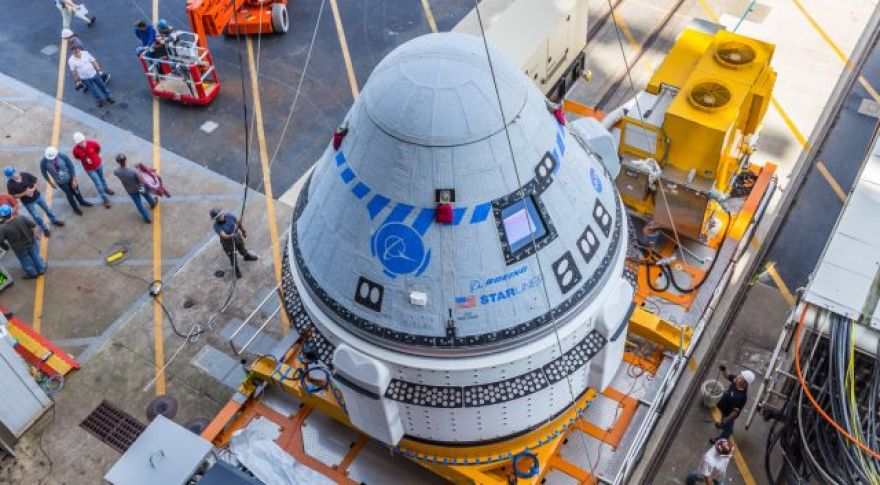
Boeing has been working with to explore space for decades, which is why it was so surprising to see the company’s much-lauded CST-100 Starliner crew capsule stumble on numerous occasions. After last year’s canceled test flight, NASA and Boeing confirm Starliner is ready to take another swing at the validation mission it failed way back in 2019, . The Starliner is part of NASA’s Commercial Crew Program, which settled on bids from Boeing and SpaceX several years back. SpaceX developed a crewed version of its reliable Dragon spacecraft, which has allowed it to become the sole provider of human transport services for NASA as Boeing has struggled to get Starliner off the ground.
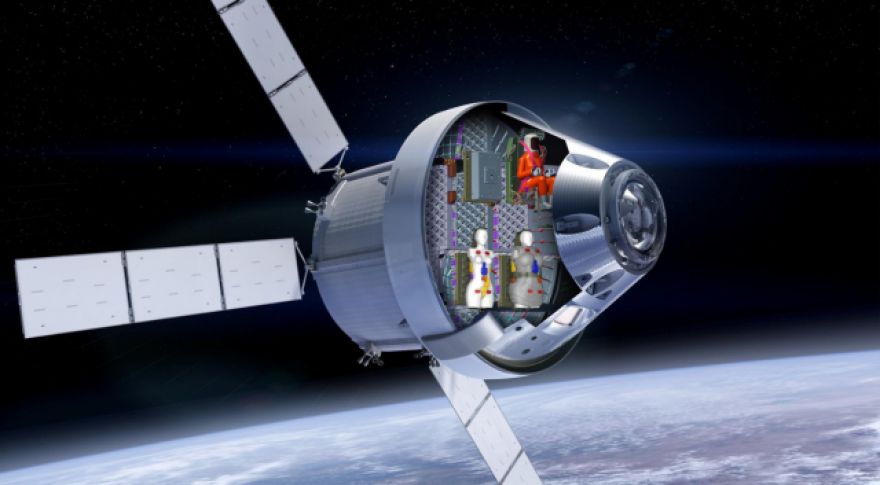
(Photo: NASA/Lockheed Martin/DLR)Two new manikins will be joining NASA’s upcoming Artemis I mission to help the agency measure the effects of radiation on the female body. Helga and Zohar are a part of the Matroshka AstroRad Radiation Experiment (MARE), which aims to assess the effects of space radiation on astronauts’ bodies. The manikins are made from “materials that mimic the human bones, soft tissues and organs of an adult woman,” according to a from the German Aerospace Center (DLR), which devised and leads MARE. Their 10,000 passive sensors and 34 active radiation detectors will collect data as the take a six-week trip around the Moon.

After this week’s quarterly earnings report, AMD held a press conference to go over its future CPU plans. After announcing record $5.9 billion in revenue for the quarter, the company unveiled an updated CPU roadmap for 2023. Though we already know about its upcoming Zen 4 “Raphael” CPUs, it announced a new lineup of heavy-hitting mobile processors too. Dubbed Dragon Range, AMD says these CPUs will offer the highest “thread, core, and cache” amounts for a mobile gaming CPU ever. Clearly, the gauntlet has been laid down, on paper at least. The roadmap spells out these upcoming chips will be based on the Zen 4 architecture, so no surprise there.
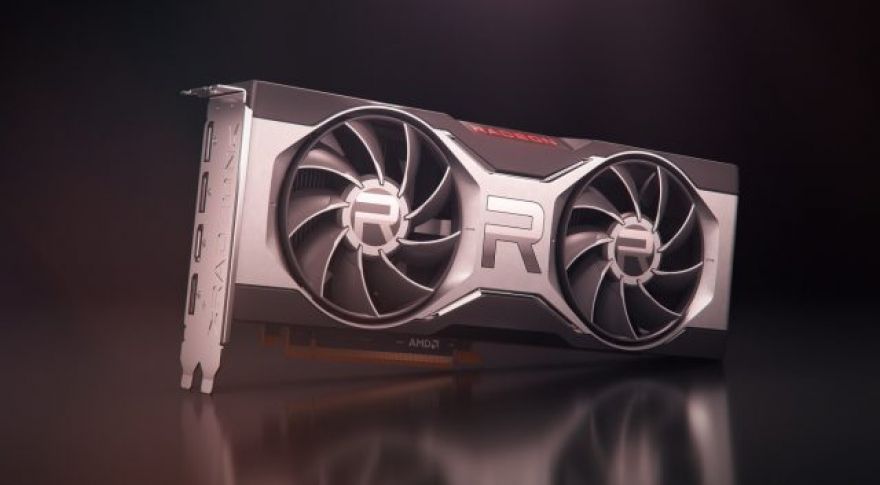
There haven’t been a lot of rumors floating around about AMD’s revised RDNA2 GPUs. We figured they’d arrive before summer, but we didn’t have a ton of info on what was changed aside from the usual suspects: higher clocks and faster memory. New reports say the GPUs are quite close, and should be launching next week. Their specs are confirmed as well, and AMD apparently wasn’t afraid to add some extra juice to the entire lineup. It’s not clear when the upgraded GPUs will officially launch. However, they appear to be mild upgrades to several of the company’s existing GPUs.

If you thought hard drive reliability and a galaxy far, far away could never be combined, you have much to learn. In honor of May 4th, cloud backup company Backblaze has released its Q1 drive reliability results, lightly sprinkled with various references to Star Wars. In Q1 the company monitored a total of 207,478 hard drives throughout its data centers. Its report focuses on the drives still in use at that time, and also examines lifetime failure rates. As an example of how this is going to go, it starts off with a Yoda quote from The Last Jedi: “The greatest teacher, failure is.
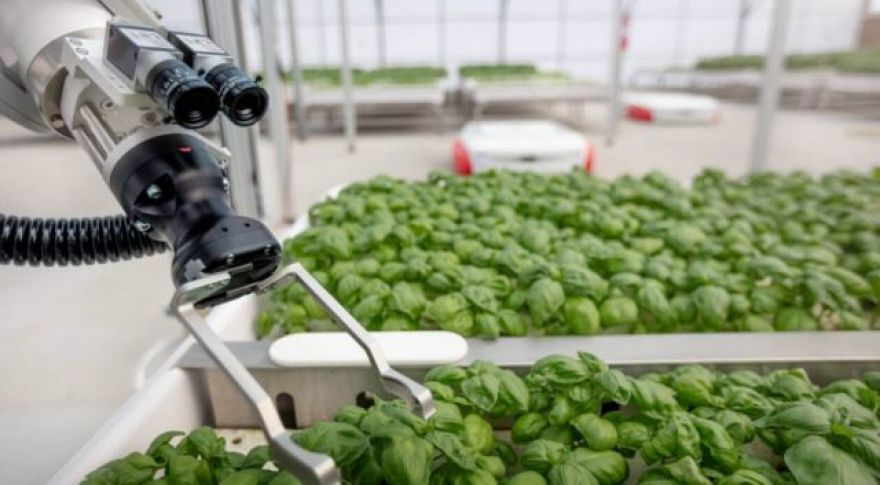
(Photo: Iron Ox)A farm technology startup is using robots and artificial intelligence to tackle sustainability concerns in agriculture. Northern California-based Iron Ox was born from the realization that conventional American agriculture negatively impacts the environment in a multitude of ways. The type of farming most of us are familiar with uses as much as 70 percent of the world’s fresh water supply and produces up to 1.19 gigatons of greenhouse gasses every year. There’s also the issue of wasted produce, with up to 40 percent of fruits and veggies ending up in a landfill before ever reaching a consumer.
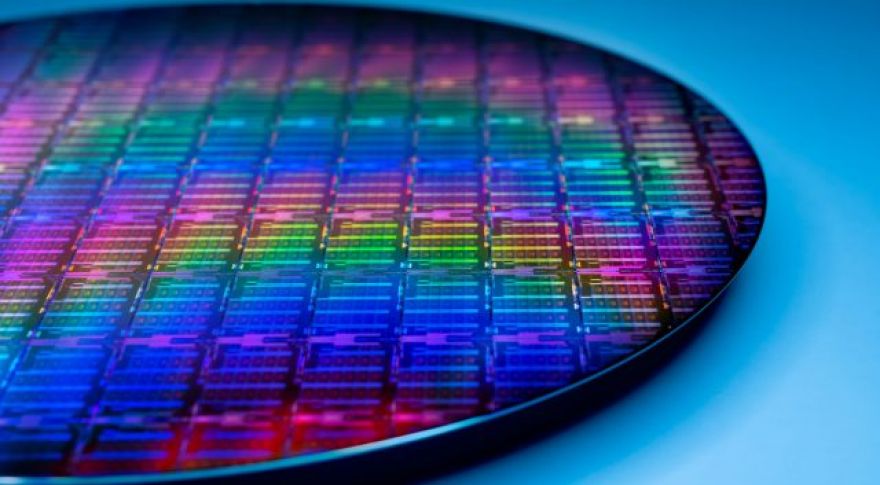
Back in December of 2021, Intel CEO Pat Gelsinger weighed in on when the chip shortage would end. He stated at the time he thought the situation would improve in 2023. Mr. Gelsinger was speaking in Malaysia where he was announcing a $7.1B investment in a new packaging facility. Back in those simpler times, he said it was just a matter of supply and demand. Therefore, as more chip-making capacity comes online, these two market forces would begin to align. Now that we’re deep into 2022, Gelsinger has reassessed the situation. As it turns out, a full recovery won’t be happening soon due to an unforeseen development: now there’s not enough machines available to make silicon wafers.
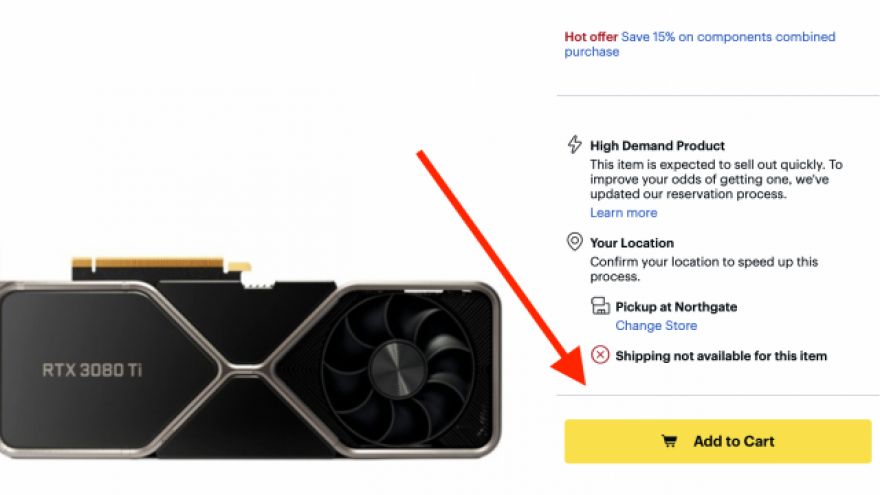
Just a few weeks ago, we noted GPUs were finally in-stock. At the time, Nvidia had launched a promotion advertising a new “restocked” event. Unlike a lot of marketing events, this one actually delivered because GPUs were available for purchase. However, not all of them were at MSRP, so it was a baby step of progress. Now that we’re in the month of May, things are continuing to improve. Glancing around a variety of e-commerce sites we see GPUs both in-stock and at MSRP, depending on the model. This is a huge development as it mostly marks the end of the Great GPU Shortage of the Pandemic (GGSP).
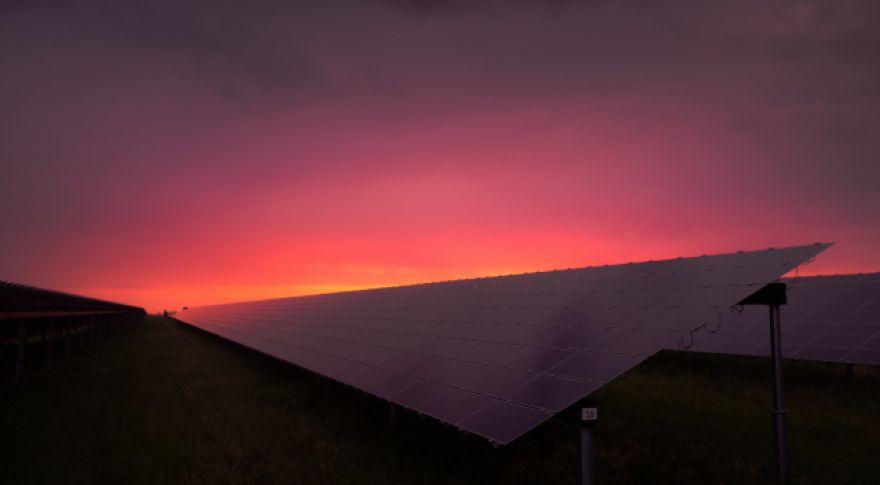
(Photo:Karsten Würth/Unsplash)A new solar-powered system out of Saudi Arabia is capable of producing two vital resources: energy and clean water. Peng Wang, an environmental scientist at the King Abdullah University of Science and Technology (KAUST), was working alongside a team of biologists and engineers to improve solar panels’ efficiency when he thought of the idea for the system. Wang grew up in a Western China village without running water, requiring his family to fetch water from a communal well. If scalable, his team’s invention could supplement or fulfill similar communities’ water and energy needs. The system depends on a water-based gel, or hydrogel, created by Wang and his colleagues.









